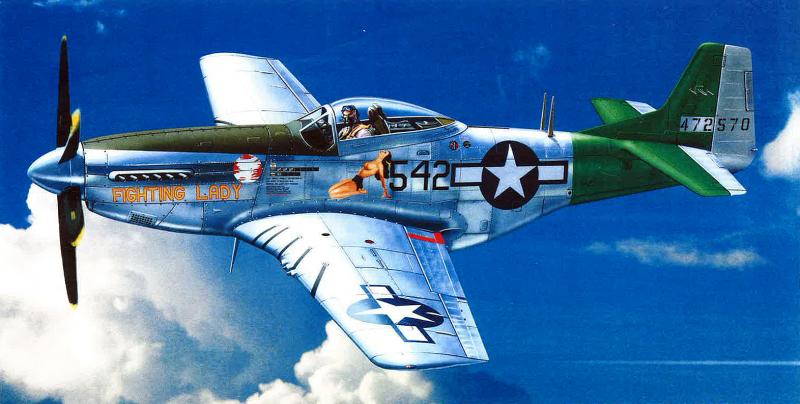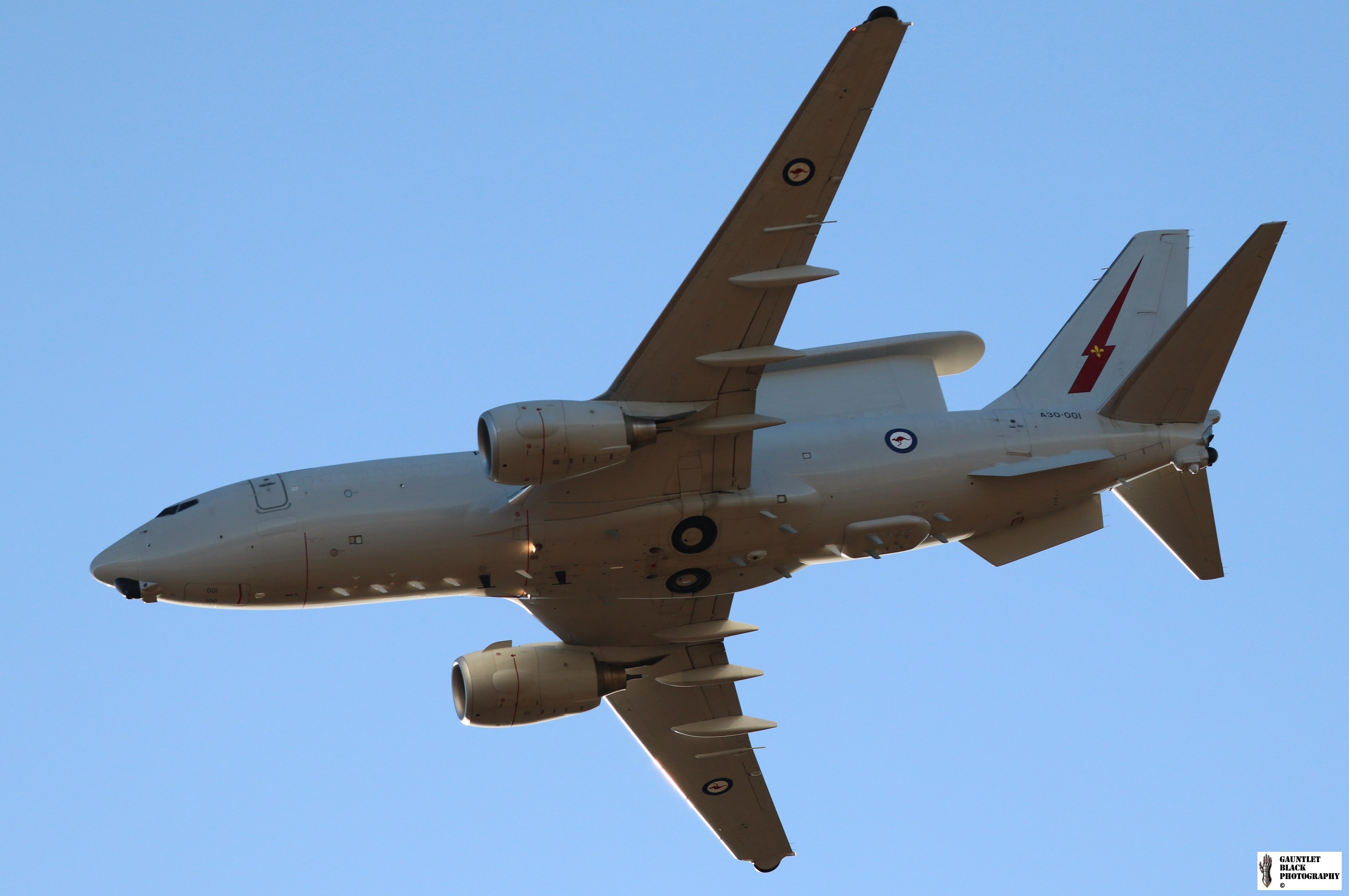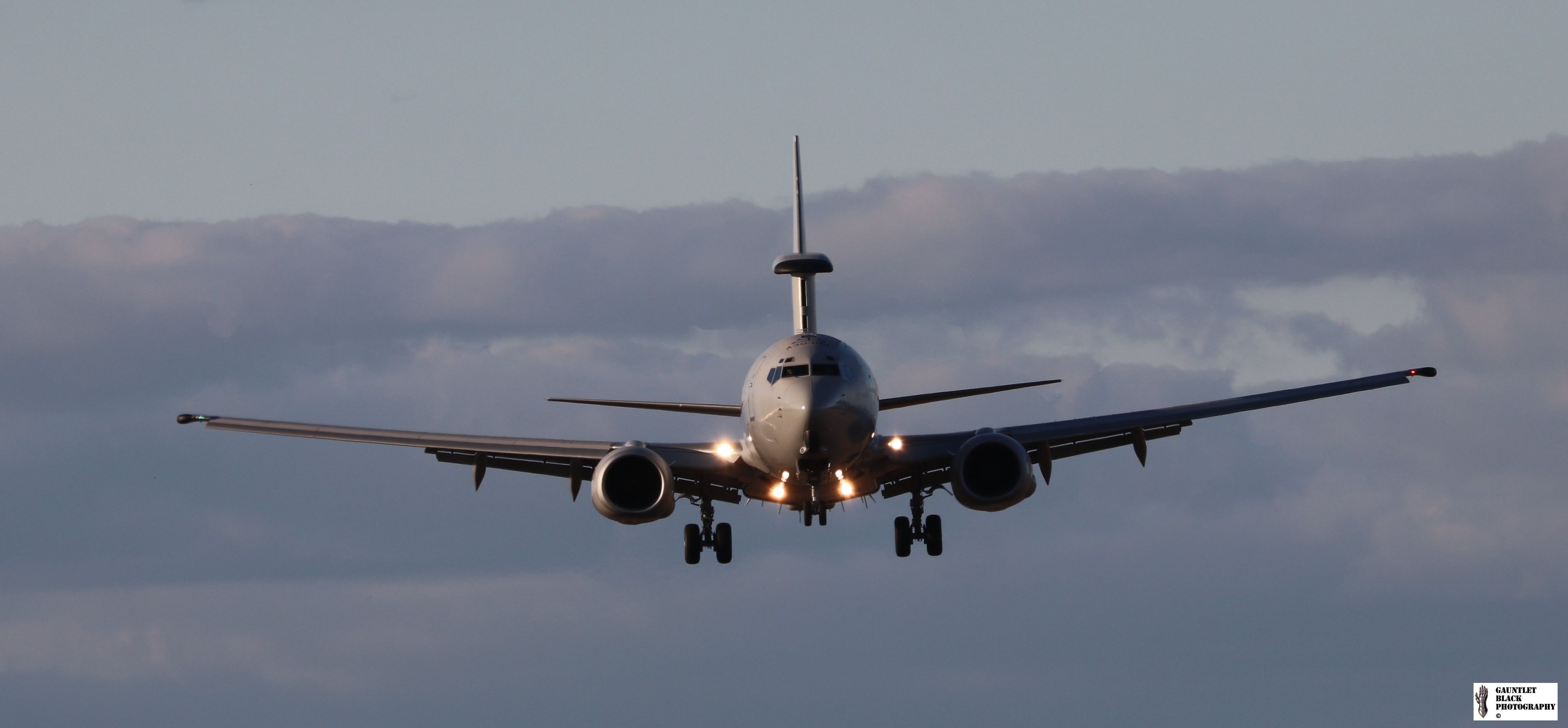Post by colford on Feb 10, 2021 22:50:58 GMT 12
Due out early March 2021 are two publications aligned with the RAAF Centenary.
First up is a special edition of the three volumes of the oficial RAAF history printed to date covering the period 1921 to 1996. These reprints are being done in a matching binding as a three volume box set, with particular attention being paid to the quality of printing - this being to overcome issues that were present in the original volumes when first published eg. more modern and readable typeface, better reproduction of photos.
QUOTE: This three-book box set brings together the three official histories produced by the Royal Australian Air Force since 1991, covering three distinct periods of its history since its inception in 1921.
The first of these titles, The Third Brother, was written by Dr Chris Clark and originally published in 1991. It explores the story of the RAAF in its formative inter-war years from 1921 to 1939, clearly articulating the challenges confronted by the fledgling air force in endeavouring to establish itself as the third Service, at times in the face of significant opposition from the other two well-established Services. Dr Clark gives insights into the early workings of the RAAF, including its problems with ‘inadequate equipment and fractured leadership’, as well as how, despite being a small air force ‘far removed from the mainstream of world affairs’ during the period, it was able to establish a strong basis for a fifty-fold expansion in size during World War II.
Going Solo by Dr Alan Stephens is the second title in this set, and picks up the story of the RAAF in the post-World War II years from 1946 to 1971.Originally published in 1995, Going Solo starts with the extraordinary period of mass demobilisation that followed the war. This was a time of government indifference to military service, and of severe reductions in resources. But the combination of Cold War tensions, Australia’s commitments to the conflicts in Korea, Malaya, Indonesia and Vietnam, and the military-technological revolution epitomised by jet aircraft and missiles, dramatically reversed this attitude. Simultaneously, shifts in international politics made it clear that Australia’s defence and foreign policies would have to become more self-reliant. For the RAAF, the great challenge presented by this compelling set of circumstances was to become more disciplined, better educated, and more professional – to use a flying analogy, to “go solo”.
Finally, we have Taking the Lead by Air Commodore (Dr) Mark Lax, which was first published in early 2020. Covering the period 1972 to 1996, Dr Lax takes the reader through the RAAF’s post-Vietnam era and what would be a decade of relative peace globally. The challenges to be faced by the RAAF however would be driven by constant pressures for budgetary, workforce and organisational efficiencies, dictated not only by the government of the time but also internally within Defence and Air Force itself.
The bringing together of these three titles reinforces the underlying messages of resilience and perseverance contained in the Air Force motto, Per ardua ad astra – “through adversity to the stars”, despite both the ongoing and varied challenges faced by the RAAF over the past one hundred years, the Air Force has proven to be the stronger for it and in turn has continued to deliver air power for the people of Australia. END QUOTE
Second is one squarely aimed at aircraft lovers:
QUOTE: Aircraft of The Royal Australian Air Force tells the story of the RAAF’s first one hundred years by describing the acquisition, operation, and service record of the multitude of aircraft types flown by the RAAF. The 176 aircraft types include the flimsy wood and canvas aircraft typical of World War I, through the technological advances during and after World War II, to modern fifth-generation, complex aircraft like the F-35 Lightning II. Even before its formation Sir Richard Williams, the Father of the RAAF, had decided to employ an alpha-numeric numbering system to identify and account for each aircraft in service. This system started with A1, A2, A3 etc as each type of aircraft came into service. Each individual aircraft within each series was identified as A1-1, A1-2 and so on and the aircraft serial became known colloquially as the ‘A-number’.
With some exceptions over the century since the A-number system started, aircraft entered RAAF service in broadly the sequence of the A-numbers, and so this book is intended to assist in charting the 100-year history of the RAAF by listing aircraft operated in A-number sequence, rather than by listing them by role (such as Fighter, Bomber, Maritime, Trainer, Transport etc) or alphabetically by name or by manufacturer. The inclusion of a comprehensive Index and the Quick Reference Guide to aircraft by role is intended to facilitate the location of the entry for any specific type of aircraft for those who may not already know its A-number.
Aircraft of The Royal Australian Air Force is a must have for all those who have served in the RAAF, those with a passion for military aviation and aircraft in general, and the broader members of the public wishing to gain an appreciation of the Royal Australian Air Force in its centenary year. END QUOTE.
This work is 640 pages, 27.9cms x 21.6cm, with lots of photos and a nice precis history if each aircraft type. Many in the Australian aviation history community (especially a number of members of ADF Serials) have contributed to this work and from all reports I have received from those who have seen the final drafts it will be a book all aviation enthusiasts with an interest in the RAAF will want in their collection.
Both are due out beginning of March, will go on sale through most major booksellers, and here in Australia even Big W have bought up a large quantity to sell through their stores. Currently on discounted pre-order sale through Booktopia in Australia. I understand that the RAAF is trying to get deals arranged with major booksellers overseas to carry these, especially in the UK and NZ.
There are a couple of other RAAF History & Heritage publications due out later this year, some tied to the RAAF Centenary, and others continuing the series on major campaigns or eras in RAAF history. The first of these 'Armageddon and Okra' by Lewis Frederickson is already out and at just under AUS$20 each are good reading value. Others already on the schedule include:
'Malayan Emergency and Konfrontasi' by Mark Lax
'The RAAF in Coastal Command and the Battle of the Atlantic' by John Quaife
'5 Flight and the Heron' by Steve Campbell-Wright
and potentially a couple more.
It is going to be a busy year.
First up is a special edition of the three volumes of the oficial RAAF history printed to date covering the period 1921 to 1996. These reprints are being done in a matching binding as a three volume box set, with particular attention being paid to the quality of printing - this being to overcome issues that were present in the original volumes when first published eg. more modern and readable typeface, better reproduction of photos.
QUOTE: This three-book box set brings together the three official histories produced by the Royal Australian Air Force since 1991, covering three distinct periods of its history since its inception in 1921.
The first of these titles, The Third Brother, was written by Dr Chris Clark and originally published in 1991. It explores the story of the RAAF in its formative inter-war years from 1921 to 1939, clearly articulating the challenges confronted by the fledgling air force in endeavouring to establish itself as the third Service, at times in the face of significant opposition from the other two well-established Services. Dr Clark gives insights into the early workings of the RAAF, including its problems with ‘inadequate equipment and fractured leadership’, as well as how, despite being a small air force ‘far removed from the mainstream of world affairs’ during the period, it was able to establish a strong basis for a fifty-fold expansion in size during World War II.
Going Solo by Dr Alan Stephens is the second title in this set, and picks up the story of the RAAF in the post-World War II years from 1946 to 1971.Originally published in 1995, Going Solo starts with the extraordinary period of mass demobilisation that followed the war. This was a time of government indifference to military service, and of severe reductions in resources. But the combination of Cold War tensions, Australia’s commitments to the conflicts in Korea, Malaya, Indonesia and Vietnam, and the military-technological revolution epitomised by jet aircraft and missiles, dramatically reversed this attitude. Simultaneously, shifts in international politics made it clear that Australia’s defence and foreign policies would have to become more self-reliant. For the RAAF, the great challenge presented by this compelling set of circumstances was to become more disciplined, better educated, and more professional – to use a flying analogy, to “go solo”.
Finally, we have Taking the Lead by Air Commodore (Dr) Mark Lax, which was first published in early 2020. Covering the period 1972 to 1996, Dr Lax takes the reader through the RAAF’s post-Vietnam era and what would be a decade of relative peace globally. The challenges to be faced by the RAAF however would be driven by constant pressures for budgetary, workforce and organisational efficiencies, dictated not only by the government of the time but also internally within Defence and Air Force itself.
The bringing together of these three titles reinforces the underlying messages of resilience and perseverance contained in the Air Force motto, Per ardua ad astra – “through adversity to the stars”, despite both the ongoing and varied challenges faced by the RAAF over the past one hundred years, the Air Force has proven to be the stronger for it and in turn has continued to deliver air power for the people of Australia. END QUOTE
Second is one squarely aimed at aircraft lovers:
QUOTE: Aircraft of The Royal Australian Air Force tells the story of the RAAF’s first one hundred years by describing the acquisition, operation, and service record of the multitude of aircraft types flown by the RAAF. The 176 aircraft types include the flimsy wood and canvas aircraft typical of World War I, through the technological advances during and after World War II, to modern fifth-generation, complex aircraft like the F-35 Lightning II. Even before its formation Sir Richard Williams, the Father of the RAAF, had decided to employ an alpha-numeric numbering system to identify and account for each aircraft in service. This system started with A1, A2, A3 etc as each type of aircraft came into service. Each individual aircraft within each series was identified as A1-1, A1-2 and so on and the aircraft serial became known colloquially as the ‘A-number’.
With some exceptions over the century since the A-number system started, aircraft entered RAAF service in broadly the sequence of the A-numbers, and so this book is intended to assist in charting the 100-year history of the RAAF by listing aircraft operated in A-number sequence, rather than by listing them by role (such as Fighter, Bomber, Maritime, Trainer, Transport etc) or alphabetically by name or by manufacturer. The inclusion of a comprehensive Index and the Quick Reference Guide to aircraft by role is intended to facilitate the location of the entry for any specific type of aircraft for those who may not already know its A-number.
Aircraft of The Royal Australian Air Force is a must have for all those who have served in the RAAF, those with a passion for military aviation and aircraft in general, and the broader members of the public wishing to gain an appreciation of the Royal Australian Air Force in its centenary year. END QUOTE.
This work is 640 pages, 27.9cms x 21.6cm, with lots of photos and a nice precis history if each aircraft type. Many in the Australian aviation history community (especially a number of members of ADF Serials) have contributed to this work and from all reports I have received from those who have seen the final drafts it will be a book all aviation enthusiasts with an interest in the RAAF will want in their collection.
Both are due out beginning of March, will go on sale through most major booksellers, and here in Australia even Big W have bought up a large quantity to sell through their stores. Currently on discounted pre-order sale through Booktopia in Australia. I understand that the RAAF is trying to get deals arranged with major booksellers overseas to carry these, especially in the UK and NZ.
There are a couple of other RAAF History & Heritage publications due out later this year, some tied to the RAAF Centenary, and others continuing the series on major campaigns or eras in RAAF history. The first of these 'Armageddon and Okra' by Lewis Frederickson is already out and at just under AUS$20 each are good reading value. Others already on the schedule include:
'Malayan Emergency and Konfrontasi' by Mark Lax
'The RAAF in Coastal Command and the Battle of the Atlantic' by John Quaife
'5 Flight and the Heron' by Steve Campbell-Wright
and potentially a couple more.
It is going to be a busy year.







